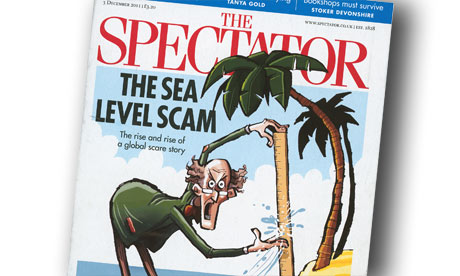Research – ‘Zero Level Sea Rise’ – Nils Axel Morner
Summary
Nils Axel Morner on ‘Zero Sea Level Rise’ https://www.researchgate.net/publication/284890177_There_is_no_alarming_sea_level_rise_21st_century_science_technology Click here to download Nils-Axel ‘Paper 507’ Artic Sea Ice Index Study Mini Study: Arctic Sea Ice Extent cLOG[190904-2]: NSIDC’s Sea Ice Index (SII) figures are out for Arctic sea ice […]

Nils Axel Morner on ‘Zero Sea Level Rise’
https://www.researchgate.net/publication/284890177_There_is_no_alarming_sea_level_rise_21st_century_science_technology
Click here to download Nils-Axel ‘Paper 507’
Artic Sea Ice Index Study
Mini Study: Arctic Sea Ice Extent
cLOG[190904-2]: NSIDC’s Sea Ice Index (SII) figures are out for Arctic sea ice extent to 31st July 2019 so I thought it timely to produce an updated ice-o-meter plot so you can see what is actually happening in the run up to the maximum melt in September (as opposed to what alarmists are going to claim). We see that the extent for 2019 started out pretty much average in January but flipped to a lean and mean mode as the melt season progressed, pretty much bottoming out in June and July. August has slackened a trifle, being surpassed in melt extent only by 2012. A lean, mean year for sure but not the worst melt we have seen these last 20 years. NSIDC’s MASIE project provides the most accurate data and records are currently up to 22nd July. As soon as the month of July has been crunched I’ll produce the ice-o-meter for this.
FIVE FOOTNOTES ON POLAR BEARS…
1) Polar bear population estimation is fraught with difficulty but best estimates for 1960 were around 10,000 bears, climbing to around 22,000 bears in 1980. In 2018 this had risen to around 39,000 but the error range is large (26,000 to 58,000 bears).
2) The polar bear was removed from the IUCN Red List of Threatened and Endangered Species in 1996 when the population had just tipped over 25,000.
3) Contrary to the social and mainstream media narrative excessively thick sea ice contributes to polar bear decline. Thick and compacted sea ice drives pregnant seals away before they give birth and creates spring food shortages for bears.
4) Bears cunningly use breaking ice floes as rafts on which to hide from seals in the water below.
5) I have heard reports that Arctic residents are complaining that there are too many bears for safe fishing and hunting. Endangerment is going to be via a bullet rather than anything the climate has to offer, especially given sea ice conditions are currently highly favourable for seal ingress.